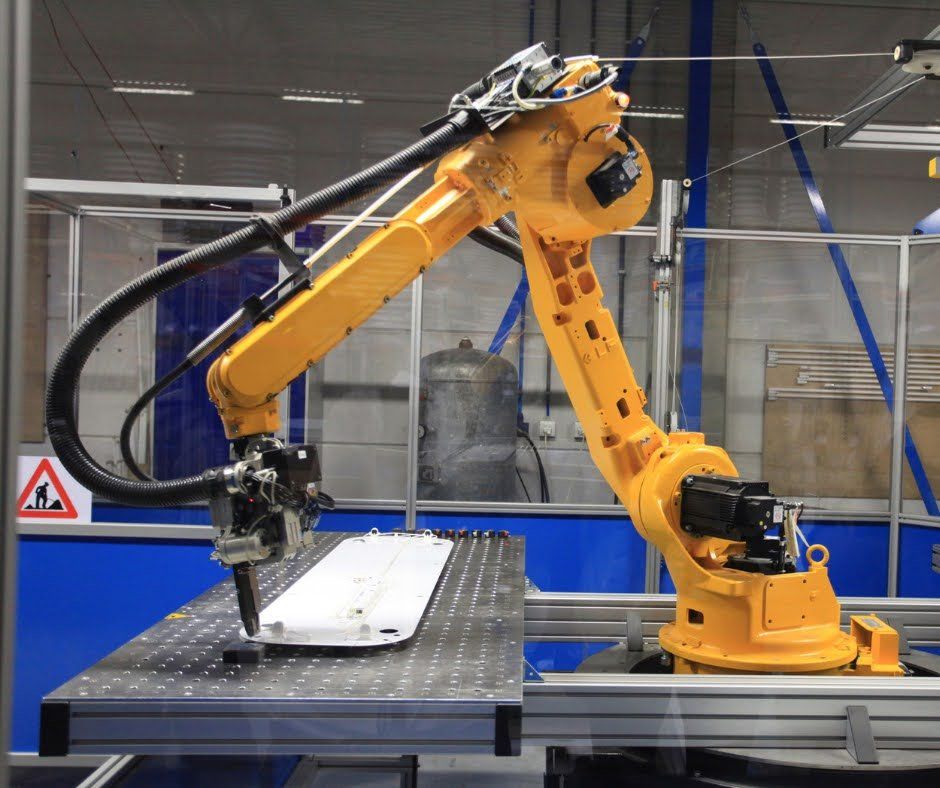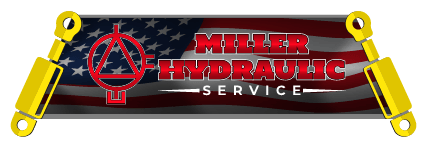Hydraulic Cylinder Drift: Triggers and Solutions

If you run a hydraulic system of any kind, you need to be aware of the risk of hydraulic cylinder drift. This problem can occur for several reasons and can have a significant impact on your business.
Read on to understand what hydraulic cylinder drift is, why this issue happens, and how you can avoid its effects on your system.
What Is Hydraulic Cylinder Drift?
Hydraulic cylinders are an important part of many industrial and construction applications. These devices use hydraulic fluid to create a force that can move objects or apply pressure. You can find hydraulic cylinders in a wide range of industrial machines, including:
- Excavators
- Backhoes
- Forklifts
- Cranes
Hydraulic cylinder drift occurs when the fluid in the system leaks out of the seals around the piston, which causes the piston to move slowly back and forth inside the cylinder. This movement is often referred to as drift.
Because hydraulic drift happens when the piston in a cylinder moves without authorization by the system, the issue can cause many problems, including:
- Delays in production
- Unexpected downtime
- Reduced operational efficiency
- Product damage
In some cases, hydraulic cylinder drift can even be dangerous. If the piston moves while someone works on the machinery, they might suffer serious bodily injuries.
Why Does Hydraulic Cylinder Drift Happen?
Hydraulic cylinder drift can happen due to several reasons, but the issue often comes down to two main factors.
Poor System Design
Without a proper design, your system can put too much stress on the seals around the piston. The seals will likely break down with time, which allows fluid to leak past them. As a result, the piston can move unexpectedly and eventually cause drift.
The wrong size piston for the cylinder can also cause cylinder drift. If the piston diameter is too big, the piston will experience a larger drifting force that can add to the drift effects. In general, the larger the piston, the greater the surface area exposed to fluid pressure. This increased exposure creates more force on the piston, which makes the component drift more.
Poor Maintenance
Even with the right design, a hydraulic system will eventually experience wear and tear after years of use. Without proper maintenance, this deterioration can cause the seals to break down and allow hydraulic fluid to leak out. Dirt and other contaminants can also build up in the system and cause the seals to break down.
When the seals break down, the air then enters the system. This air can cause the piston to move back and forth inside the cylinder, which eventually leads to cylinder drift.
In addition, faulty pressure relief valves could catch you by surprise if you're not keen on maintenance. If these valves fail, they cause the seals to slowly deteriorate and allow fluid to leak. A cylinder drift issue then follows afterward.
How to Identify Hydraulic Cylinder Drift
A few signs can tell you when you have a drift problem in your system. Call an expert if you notice:
- Unexplained fluid leaks
- Slow or sluggish movement of the machinery
- Reduced effectiveness, especially with heavy load lifts
Usually, these problems occur gradually over time. You need to catch them early to prevent further damage to your system.
How to Prevent Hydraulic Cylinder Drift
To prevent cylinder drift, routinely check for system leaks and make sure you repair them promptly. In addition, if you intend to shut down for an extended period, remember to support the equipment with blocks or jacks to prevent any movement.
Anytime you shut down your hydraulic system, there's a possibility for cylinder drift. This issue occurs when the system pressure bleeds down, which allows the weight of the equipment to push down on the piston. As a result, the cylinder drifts downward. Over time, this issue can cause significant wear and tear on the equipment.
Follow these simple steps to prevent hydraulic cylinder drift and extend the life of your equipment. However, if you need help with your hydraulic system, contact Miller Hydraulics Service today.





